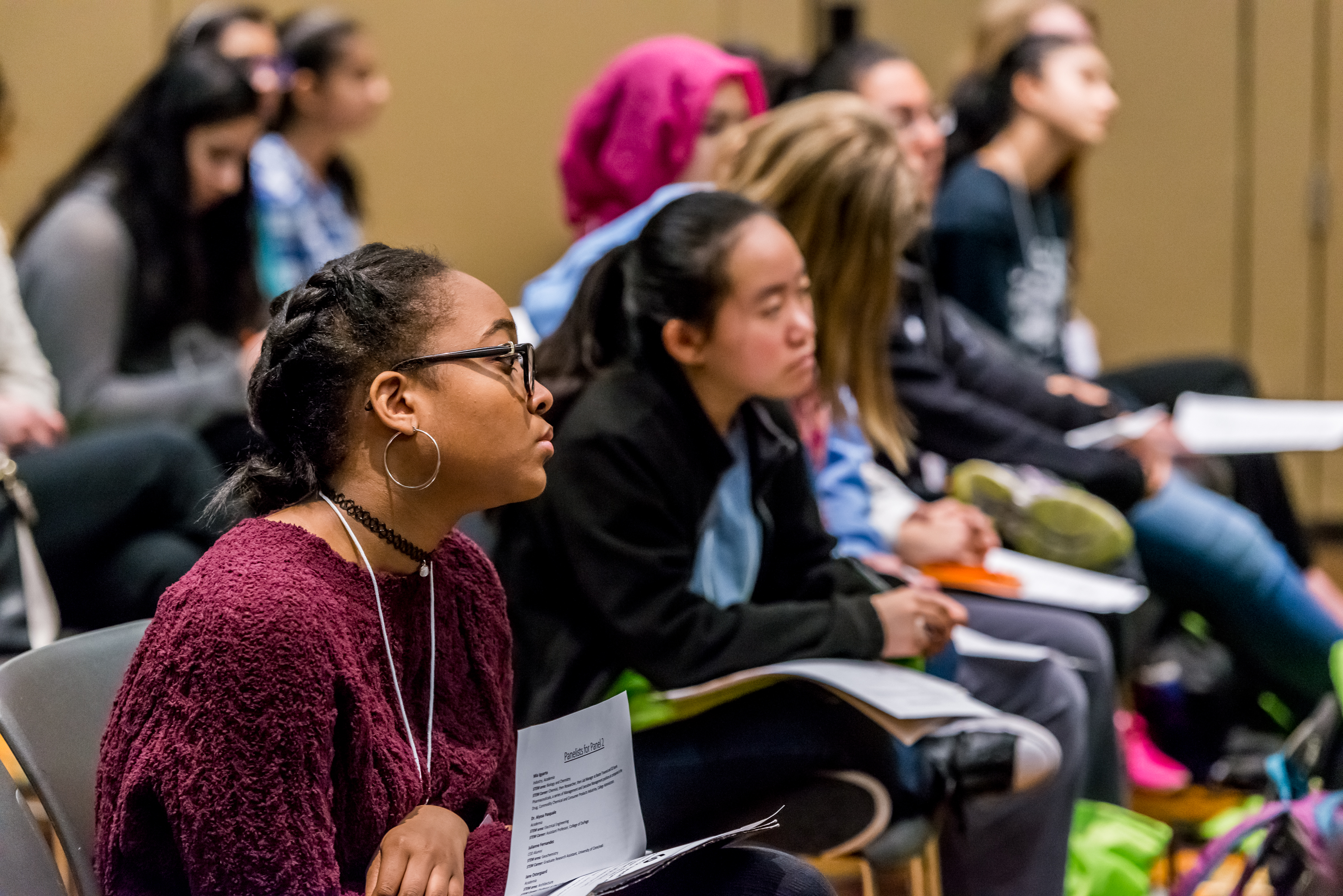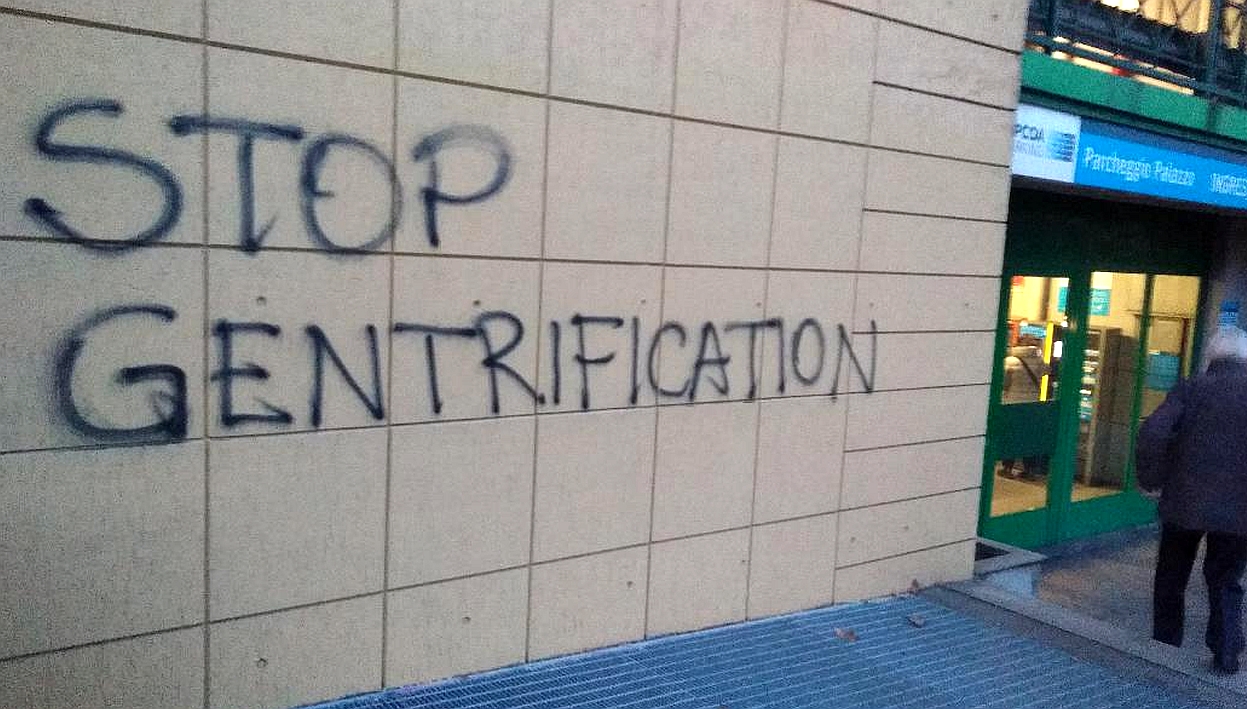9.5: Social Institutions- The Structural Legacy of Whiteness
- Page ID
- 196264
\( \newcommand{\vecs}[1]{\overset { \scriptstyle \rightharpoonup} {\mathbf{#1}} } \)
\( \newcommand{\vecd}[1]{\overset{-\!-\!\rightharpoonup}{\vphantom{a}\smash {#1}}} \)
\( \newcommand{\id}{\mathrm{id}}\) \( \newcommand{\Span}{\mathrm{span}}\)
( \newcommand{\kernel}{\mathrm{null}\,}\) \( \newcommand{\range}{\mathrm{range}\,}\)
\( \newcommand{\RealPart}{\mathrm{Re}}\) \( \newcommand{\ImaginaryPart}{\mathrm{Im}}\)
\( \newcommand{\Argument}{\mathrm{Arg}}\) \( \newcommand{\norm}[1]{\| #1 \|}\)
\( \newcommand{\inner}[2]{\langle #1, #2 \rangle}\)
\( \newcommand{\Span}{\mathrm{span}}\)
\( \newcommand{\id}{\mathrm{id}}\)
\( \newcommand{\Span}{\mathrm{span}}\)
\( \newcommand{\kernel}{\mathrm{null}\,}\)
\( \newcommand{\range}{\mathrm{range}\,}\)
\( \newcommand{\RealPart}{\mathrm{Re}}\)
\( \newcommand{\ImaginaryPart}{\mathrm{Im}}\)
\( \newcommand{\Argument}{\mathrm{Arg}}\)
\( \newcommand{\norm}[1]{\| #1 \|}\)
\( \newcommand{\inner}[2]{\langle #1, #2 \rangle}\)
\( \newcommand{\Span}{\mathrm{span}}\) \( \newcommand{\AA}{\unicode[.8,0]{x212B}}\)
\( \newcommand{\vectorA}[1]{\vec{#1}} % arrow\)
\( \newcommand{\vectorAt}[1]{\vec{\text{#1}}} % arrow\)
\( \newcommand{\vectorB}[1]{\overset { \scriptstyle \rightharpoonup} {\mathbf{#1}} } \)
\( \newcommand{\vectorC}[1]{\textbf{#1}} \)
\( \newcommand{\vectorD}[1]{\overrightarrow{#1}} \)
\( \newcommand{\vectorDt}[1]{\overrightarrow{\text{#1}}} \)
\( \newcommand{\vectE}[1]{\overset{-\!-\!\rightharpoonup}{\vphantom{a}\smash{\mathbf {#1}}}} \)
\( \newcommand{\vecs}[1]{\overset { \scriptstyle \rightharpoonup} {\mathbf{#1}} } \)
\( \newcommand{\vecd}[1]{\overset{-\!-\!\rightharpoonup}{\vphantom{a}\smash {#1}}} \)
Color Matters
"Pick any relevant sociological indicator—life expectancy, infant mortality, literacy, access to health care, income level—and apply it in virtually any setting, global, regional, or local, and the results will be the same: the worldwide correlation of wealth and well-being with white skin and European descent, and of poverty and immiseration with dark skin and "otherness." Sure, there are exceptions: there are plenty of exploited white workers, plenty of white welfare mothers both urban and rural, plenty of poor whites throughout the world’s North; and there are a smattering of wealth-holders "of color" around the world too. But these are outliers in the planetary correlation of darkness and poverty" (Winant, 2002, p. 305).
Web of Institutional Racism
(White) Social Institutions
| Category | % white |
|---|---|
| 10 Richest Americans | 100% |
| U.S. Congress | 90% |
| U.S. Governors | 96% |
| Top Military Advisors | |
| Current U.S. President & Vice-President | 100% |
| Current U.S. Presidential Cabinet | 91% |
| People Who Decide Which TV Shows We See | 93% |
| People Who Decide Which Books We Read | 90% |
| People Who Decide Which News is Covered | 85% |
| People Who Decide Which Music is Produced | 95% |
| People Who Directed the 100 Top Grossing Films Worldwide | 95% |
| Teachers | 82% |
| Full-Time College Professors | 84% |
| Owners of Men's Professional Football Teams | 97% |

Sports
| Players | Head Coaches | Majority Owners | League Office Staff | |
|---|---|---|---|---|
| White | 18.1% | 66.7% | 91.4% | 62.4% |
| African-American | 74.8% | 26.7% | 2.9% | 15.9% |
| Latino | 2.4% | 3.3% | 0% | 6.7% |
| Asian | >1% | 3.3% | 2.9% | 10,4% |
| Other | 3.9% | 0% | 2.9% | 4.6% |
| Players | Head Coaches | CEO/President | League Office Staff | |
|---|---|---|---|---|
| White | 26.8% | 81.3% | 95% | 67.3% |
| African-American | 58.9% | 9.4% | 0% | 10.2% |
| Latino | .5% | 3.1% | 0% | 6.6% |
| AAPI | 1.6% | 0% | 4.9% | 9.3% |
| AI/AN | 0% | 0% | 0% | .1% |
| Two or more races | 9.6% | 0% | 0% | 1.7% |
| Not disclosed | 3.1% | 4.7% |
Education
James D. Anderson discusses how whites kept Blacks from high quality education in the late 1800s/early 1900s because they deemed it to be a “subversive” way to gain equality (1988, p. 95). Part of the fear resided in how reading might inspire Blacks to want to vote. Keeping Blacks from getting an education thus attempted to keep Blacks in an underclass. Although voting was not allowed for Blacks yet, the fear of schooling encouraging voting also idealized who was considered a citizen and thus who was humanized. It was further propagated that “industrial schooling” was ideal compared to other schooling so that the status quo would remain intact (p. 86). Again, this exemplifies the desire for white political and economic leaders to deny humanization for Blacks and thus equity in school and life, let alone excellence.
Lisa Delpit (1988) is often cited for her work that describes how there is a “culture of power” in schools that socialize students to perpetuate White middle-class norms. She calls for educators to teach students about the culture of power: that it exists and that sometimes you must play by those rules (of White middle-class norms in schools) but that doesn’t mean your home culture isn’t valued. Delpit (1988) says that we must not just teach children tools like code-switching, or knowing how to speak, say, their native African American Vernacular English or other language but then also know when, where, and why to use the “culture of power” in order to gain access to spaces and operate within places where they are unable to resist or draw from their home cultures.
Cultivating identity and multiple epistemologies in schools, even classrooms, can work to counter the misrecognition and dehumanization of students’ identities and cultures. Bernal (2013) pointedly states, “Although students of color are holders and creators of knowledge, they often feel as if their histories, experiences, cultures, and languages are devalued, misinterpreted, or omitted within formal educational settings” (p. 390). In order to counter this, she says that these aspects must be “recognized and valued in schools” (p. 403). In these ways, Bernal points to epistemology, “how we know what we know” as the popular definition says. Student of color epistemologies are not valued in schools often not beyond superficial celebrating of differences that also do not delve deeper into issues of discrimination due to the differences and other issues of inequities. Such epistemologies are exemplified by Bernal (2013) when she writes,
What are often perceived as deficits for Chicana/Chicano students within a Eurocentric epistemological framework—limited English proficiency, Chicano and/or Mexicano cultural practices, or too many nonuniversity-related responsibilities—can be understood within a Chicana feminist perspective as cultural assets or resources that Chicana/Chicano students bring to formal educational environments (pg. 397).
Studies suggest that when a student has a positive racial identity and positive student identity, they tend to do better in school (Akom, 2003). Not only does Ethnic Studies help students achieve academically in other courses, but it helped to build and cultivate positive identities that had been otherwise devalued in a white supremacist society.
Criminal Justice System
Medicine/Health/STEM
Research shows that medical doctors have actual biases against Black and Brown patients (Ventura, Denton, Asack, 2022). One of the issues is doctors and medical workers believing that patients of color have a higher tolerance for pain or don’t need to be prescribed medications as quickly or as much as others and having implicit bias against them (see more about the impacts of "Systemic Racism and Health" in Chapter 3: Africana/African American/Black Studies). Medical racism such as research done on Black patients without their knowledge and consent like in the Tuskegee Experiment and forced sterilization against patients of color ("Eugenicists and Forced Mass Sterilization" for more information) are all examples of bias and racism that does occur against minoritized patients.
Studies and even popular news and technology sources recognize that self-driving cars can be racist. Self-driving cars weren’t created to recognize people of color that are in front of the car and are therefore more likely to hit people of color. Stanford Fellow Dr. Lance Eliot in Forbes Magazine (Jan. 4, 2020) discussed that white engineers created and tested the algorithms that recognizes white people as people that the car should be cautious of and avoid hitting. Thus, the predominance of white male engineers created a crisis of diversity where the lack of people of color as engineers that would test these features then create a lack of recognition of people of color whenever the self-driving cars encountered them. Because these tests involved only white engineers, self-driving cars didn’t see people of color as people. This shows not only the importance of diversity in STEM fields but also that people of color need to be included in initiatives that affect us all. It shows that representation in science and tech matters.
In a study of engineering departments in universities, studies overwhelmingly show that programs that have more engineering professors that are Black and Asian women are more likely to have students who are also Black and Asian women. This also shows the importance of diversity and representation amongst faculty in STEM departments.

Studies show that when there is diversity amongst educators, students feel more seen, acknowledged and heard, and experience less discrimination than with white educators (Darling-Hammond, 2020). Studies in elementary schools show how white educators often not only view Black and Latinx students differently but then also treat them differently compared to white students (Darling-Hammond, 2020). For example, white educators may view white students as more intellectually superior to Black students and will therefore view them as more academically capable. This results in white educators giving white students more advantages, assistance, guidance, and accolades. This also results in Black students receiving more punishment and harsher discipline than white students. Studies show in particular that Black and Latinx children are criminalized in schooling. Relatedly, Portillos, Gonzalez, and Peguero (2011) show the criminalization of Latinx students also in terms of immigration status. This trend of preferential treatment is not only with white educators but also with white administrators. Especially in fields like STEM, this type of representation is also important to help show these students that they too can succeed in STEM when they see professors who look like them.
Texas has been a state that has attempted or completed alterations to their curriculum that aims to revamp efforts that expose racism and critical discussions of race. One example of this is a recent initiative to change any mentioning of slavery to be called “Involuntary relocation.” Recently, Texas passed a bill that largely limits the teaching of recent events, and even teaching about the history of the Alamo as part of a target bill to limit the teaching of critical race theory. These efforts aim to maintain white history as heroic and mask any racist and harmful struggles committed against people of color.
In July 2022, a law in Florida took into affect to ban the teaching of "racism and privilege" (Sullivan, 2022). This law is called the Individual Freedom Act and used to be called Stop W.O.K.E. Act or Stop Wrongs to our Kids and Employees Act (Sullivan, 2022).
Workplace/Economy
Housing

Redlining is the labeling of certain communities predominantly occupied by people of color to be red and as distinct and inferior to white communities. This creates inequitable housing opportunities and maintains wealth for white people by rejecting people of color from obtaining home loans to purchase homes in white communities and also financially devaluing homes in communities of color that make it nearly impossible to accumulate wealth. In home ownership deeds in white communities, there would be explicit directions that prohibited people of color to buy homes in white communities. Policies like this help to perpetuate the accumulation of wealth within white families that already have legacies of generational wealth compared to Blacks because of slavery and the wealth from profiting off Black bodies.
Teaching in Ethnic Studies often points to structural/institutional racism such as described in this sidebar as what creates the biggest racial inequities in our society. Whereas equality is equal, same, “fair,” having the same exact access to resources, equity recognizes that people do not occupy the same positions that grant them the same access as others so there needs to be differentiated treatment such as particular resources and services that can help give access that people were left out of initially. When naysayers argue that there shouldn’t be “hand-outs,” what they fail to acknowledge is deep history that creates such inequities in the first place. In terms of racism as racial inequity, this is vastly due to structural/institutional racism. Slavery, for example, was an economic, political, cultural, and social system which was the law. Because it was sanctioned by the government, there was no avoiding it and it seeped into every fabric of society for centuries, creating a devastating impact of how Black people are seen even today. This includes the lack of access to the levels of generational wealth that whites have, and being denied privileges associated with freedom, safety and security, which are typically afforded to whites.


